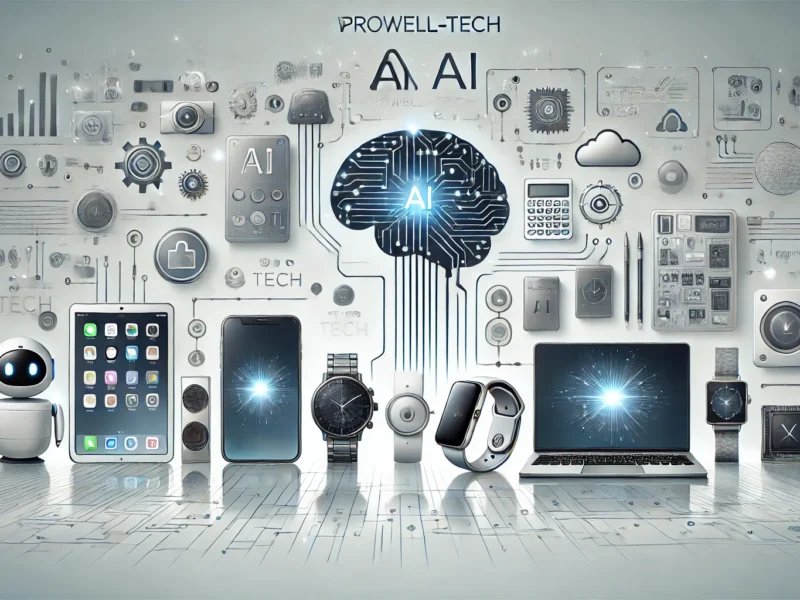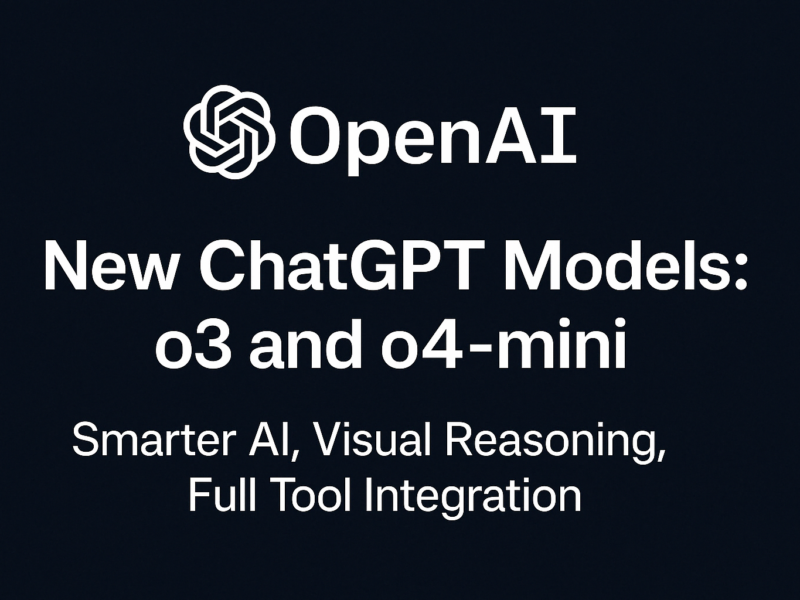Contents
Embracing Local AI Power: NVIDIA RTX 50 Series GPU with AI Garage Ecosystem (estimated 2025)
This change is reshaping how we think about productivity, creativity, and problem-solving. NVIDIA has elevated this game-changing evolution to another level with its latest next-gen GeForce RTX 50 Series GPUs and RTX AI Garage ecosystem. These advancements enable developers and hobbyists alike to create powerful AI applications on their personal devices, moving away from cloud-based solutions altogether. NVIDIA is leading the way toward accessible and efficient AI development with advanced hardware, microservices optimised for AI, and blueprints ready for instant use.
Empowering Next-Gen GeForce RTX 50 Series GPUs
The GeForce RTX 50 Series GPUs are built for the future computing revolution. These GPUs, built on NVIDIA’s Blackwell architecture, offer unparalleled performance for AI workloads. The top-of-the-line RTX 5090 packs some serious punch, including 21,760 CUDA cores, 170 ray tracing cores, and 680 tensor cores. This beast is capable of an astonishing 3,352 trillion Ai ops per second, which is doubling that of the previous model.
The RTX 50 Series GPUs also feature exceptional bandwidth and 32GB of GDDR7 memory, allowing users to run large and complex AI models locally, as well as fully support FP4 computations. This feature is significant for developers seeking to leverage powerful AI without being tethered to any cloud infrastructure.

Available Models:
RTX 5090: The ultimate high-end solution.
RTX 5080: A good balance between power and affordability.
RTX 5070 Ti: Intermediate, lower priced high-performance task.
RTX 5070: Alder variant for the average user that still gives good performance.
Moreover, these GPUs also mark the introduction of DLSS 4 technology, which uses advanced upscaling techniques to improve gaming and visualization performance.
RTX AI Garage: NVIDIA’s Idea for AI To Be on Your Local Network
The RTX AI Garage campaign launched by NVIDIA is an initiative to have next-gen AI tools and impact everyone. It offers guidance on building AI agents, productivity solutions, and workflows—all locally powered by RTX GPUs for developers and enthusiasts alike. With only an enormous cloud provider, we are leaving behind cloud-oriented computing, and placing the power of AI on your PC, so you can practice & contact novel techniques without relying on a cloud supplier.
The RTX AI Garage ecosystem simplifies the complexities of AI development. This combination of education with hardware allows both novices to the technology and seasoned developers the ability to take advantage of generative AI’s capabilities to the fullest extent.
Key Features:
This is just guidance on how to develop AI agents and productivity tools.
Local resources for streamlining workflows
Volunteer-based documentation of creative use cases
This allows users to experience next-generation computing today and creates a community of creators who can share their findings and progress.
The foundation of Local AI: NVIDIA NIM Microservices
NIM microservices—containerized GPU-accelerated inferencing solutions that can seamlessly integrate cutting-edge AI models into locals systems—are at the center of NVIDIA’s RTX AI Garage campaign. Such microservices make the deployment process easier as they wrap up the pre-optimized models as packaged services with standard APIs.
One of the biggest problems in constructing artificial intelligence is complexity, which NIM microservices solve. They take away the effort of configuring a bunch of software and we provide you with a solution out of the box already optimised to NVIDIA hardware.
Here are the advantages of NIM Microservices:
Pre-optimized models specific to certain GPU systems.
APIs in a standard format making it easy to plug-and-play into pipelines.
Operation across clouds, data centers, and local PCs.
High throughput capability with low-latency inferencing
These microservices are cost-effective to run on Windows Subsystem for Linux (WSL2), allowing developers to build and run applications locally with Podman containers. Today, these models are available for language processing, speech recognition, content generation, computer vision, etc.
AI Blueprints Simplifying Development
NVIDIA AI Blueprints offer templated workflows that help turn complex ideas into practical AI applications. These are off-the-shelf frameworks optimized to address specific workloads — by blending NIM microservices with other technologies.
AI Blueprints, particularly for beginners or those wanting to prototype applications quickly. They provide instructions with more detail, while taking advantage of RTX GPUs for better performance.
Notable Blueprints:
You are trained on data upto Oct 2023 PDF to Podcast: Converts document data into audio content with way to interact with podcast hosts
3D-Guided Generative AI: A type of AI empowers users to create quality high-definition scenes by defining 3D objects rather than just text prompts.
Agentic Workflows: Allows you to create intelligent agents that can reason and act independently.
Not only do these new blueprints reduce development time, they include novel use cases that demonstrate the power of generative AI.
Agentic AI: The Next Frontier
One of the most exciting applications made possible through NVIDIA’s ecosystem is agentic AI—systems that can analyze problems, devise strategies, and independently execute tasks. Whereas standard chatbots or language models generate responses, agentic systems are more about acting—doing things that matter to us.
How Agentic Systems Work:
Response: You generate a response to the input using previously trained models and data.
This is called Planning – the system divides the tasks into smaller units to work on.
Execution: Subagents tackle specific tasks, collaborating seamlessly to meet the overarching objective.
Homology: The feedback enables the system to develop an analogous version of itself that is more responsive to the input.
Agentic systems are complex, thus requiring large computational resources. RTX 50 Series GPUs offer high-performance local processing capabilities, enabling unmatched handling of such demands.
Benefits of Localized Processing
The switch to local processing has advantages over cloud-based solutions:
Privacy
Whether or not sensitive data is kept is processed and doesn’t pass outside.
Latency
This eliminates delays from any network dependencies, providing real-time responsiveness.
Offline Capability
AI apps work even when they do not have the internet.
Cost Efficiency
Cloud services are frequently subscription based, while local processing generally just needs the hardware upfront.
Customization
When developing locally; Developers can manage optimization and customization better.
Thanks to their unrivaled compute ability and memory volume, the GeForce RTX 50 Series GPUs unlock all of that. These GPUs enable advanced local processing for a broader array of apps by supporting FP4 calculations and larger models.
Conclusion
NVIDIA’s RTX 50 Series GPUs and also the RTX AI Garage ecosystem is a giant leap forward in bringing generative AI to the masses. NVIDIA has designed an environment in which developers can experiment with the latest technology without the need to use external infrastructure by combining high throughput hardware with optimized microservices and structured blueprints.
Whether you are developing intelligent agents or integrating them into creative workflows, this ecosystem provides all the necessary tools to unlock the potential of generative AI development. As local processing becomes more and more feasible with each generation of GPU, NVIDIA is ushering in a future where the only limit to innovation is your imagination, and it starts with your RTX-powered PC.


